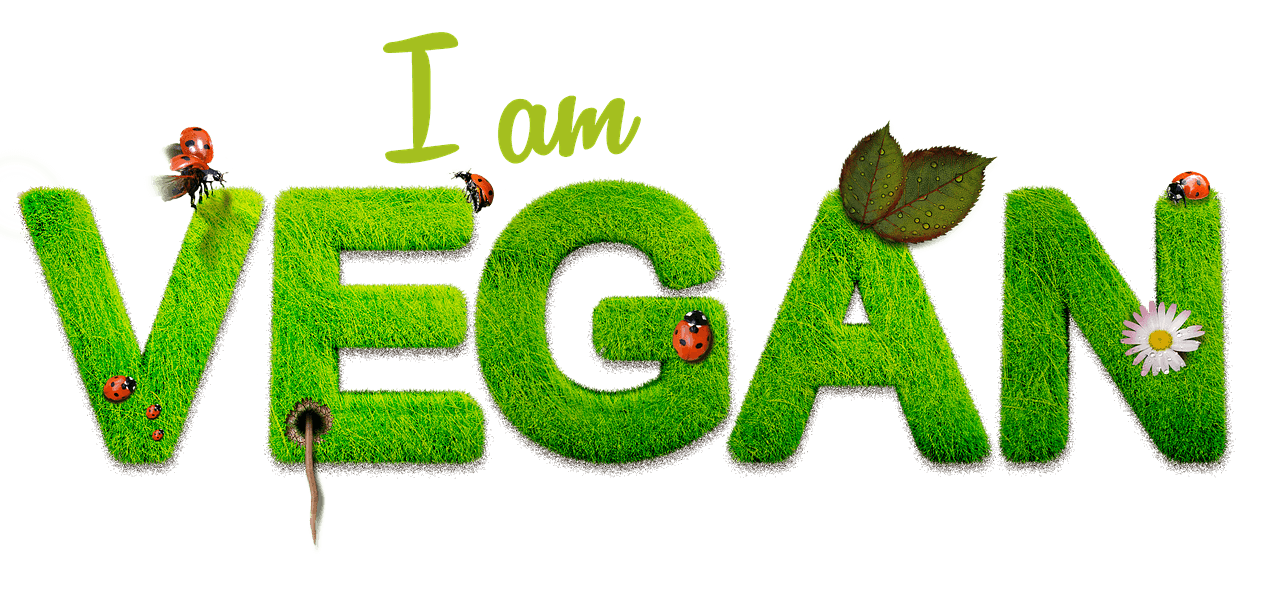Veganism can be tried for a variety of reasons, including health, animal welfare, and environmental concerns. According to the British Dietetic Association and the American Academy of Nutrition and Dietetics, a vegetarian or vegan diet can meet all of a person’s nutritional needs at any age.
People who do not eat meat or animal proteins, on the other hand, may have a difficult time acquiring adequate-protein, critical vitamins, and minerals. If a person wants to go on a vegan diet, they must plan lentils heart-health care. They acquire enough protein, calcium, iron, and important vitamins, which are obtained from animal products in a non-vegetarian diet.
Vegetarians and vegans are two groups of people who eat meat-free protein. Vegetarians avoid all animal products, while vegans eat eggs and cheese. While eggs are nutritious and can be a good source of protein for vegetarians, people who rely on dairy for protein will be disappointed by the quantity of saturated fat and sodium they consume.
Plant-based proteins such as legumes, whole grains, nuts, and seeds are the only sources of protein for vegans.
When you don’t eat meat, the key to getting adequate protein is to make sure you have some at every meal and snack. If you make wise decisions, you’ll find that meeting your wants isn’t too difficult. Here are some high-protein foods to consider for each meal for the week:
- Breakfast: Avocado, walnuts, chia seeds, sweet potatoes, peanut butter, banana, oatmeal, tofu, whole-wheat toast, burritos, broccoli, tomatoes, spinach, apple, pumpkin seeds, broccoli, kale, avocado.
- Lunch: Brussels sprouts, avocados, tomatoes, onions, beans, cilantro, chickpea, spinach, brown rice, asparagus, potato, lentils, hummus, tofu, black beans.
- Snacks: kale chips, bell peppers, seaweed crisps, mixed berries, vegan protein shake, walnuts, chia seeds, Nuts, dried fruit, pistachios, homemade granola, coconut pudding with chia seeds, almonds, pumpkin seeds, fruit salad.
- Dinner: cauliflower, chickpea, green beans, oats, lentils, olives, peppers beans, peas, tomatoes, corn, bell peppers, onions, brown rice, artichoke.
Still wondering how easy it is? Check out our one-day vegan menu is packed with protein;

Breakfast
Overnight oats with apple slices, pumpkin seeds, cinnamon, and nut butter. Pumpkin seeds pack with a good amount of protein while the nut butter, oats add a bit, too. Any nut butter would do. Almost all the nut butters are packed with protein and heart-healthy fats. Keep in mind that they are high in calories, salt, and sometimes sugar.
Lunch
The protein in this Smoky Two-Bean Vegetarian Chili comes from both black and pinto beans. To add even more whole-grain goodness, serve with cornbread on the side. In order to boost the protein content you can also add left-over grains such as quinoa.
Snack
Tofu is notorious for being flavorless, but soy sauce, rice vinegar, and sesame oil help these Tofu Bites break the mold. They can be eaten cold or warm, making them ideal for packing on-the-go vegetarian snacks. If you like your food spicy, add some chili powder or paprika. For an extra layer of flavor, substitute hot chile oil for some of the sesame oil.
Dinner
Tempeh is a firm soybean-based veggie protein that’s chewy and full of umami. It’s great for sandwiches, wraps, and loafs. It’s also extremely flavored, which is why we used it in this Tempeh with Charred Peppers and Kale as a vegetarian meatloaf substitute. As a bonus, tempeh meets your daily requirement for vitamins A and C.
Animal vs Plant Protein
When it comes to protein content, most plants simply cannot compete with animal protein. This is because most vegan protein sources also contain fat or carbohydrates, making them less protein-dense.
Plants, on the other hand, are high in fiber, vitamins, minerals, and healthy fats, making them a well-rounded source of beneficial nutrition in addition to protein. Vitamins C, A, and E, as well as folate and magnesium, are few in animal proteins but plentiful in plant sources. Furthermore, most plants are free of cholesterol and saturated fat.
Plant-based diets, on the other hand, are deficient in vitamin B12, which can only be obtained from animal sources. Animal-based proteins also have higher levels of zinc, vitamin D, Omega-3 fatty acids, eicosapentaenoic acid (EPA), and docosahexaenoic acid (DHA).
Heme-iron, which comes from a protein (hemoglobin) in red blood cells and is absorbed more readily than non-heme iron, is also found in animal proteins. Non-heme iron can be found in both plants and animals, while heme-iron is only found in meat and shellfish, particularly red meat.
It’s worth noting that, while both animal and plant proteins have been linked to positive health outcomes, there is no evidence that plant-based proteins harm health, but certain animal proteins have.
Plant proteins appear to be the obvious winner when considering this element in general. However, when it comes to specific animal proteins, such as fatty fish and some dairy products, animal proteins can offer considerable and distinct advantages. Concentrate on the quality of your protein selections, as both plant and animal foods can provide several health benefits when consumed as part of a well-balanced, nutrient-dense diet.
Author Bio
I am Darshita, a post-graduate in Health and Nutrition, and an inquisitive person who loves writing. I’m working for VeganWay and my forte is digital marketing and everything that has to do with phones and screens. My belief is that one person can make a difference, and that’s why I’ve taken up writing, which is the best means to communicate these days. I have a decade of experience in writing and marketing, and I still find myself learning new things about it, which I want to share with my readers.
